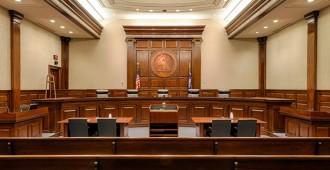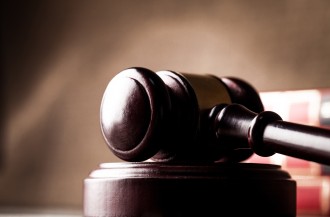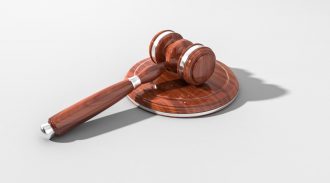
September 12, 2018
CRISPR-Cas9 Battle Continues: Federal Circuit sides with the Broad Institute and Affirms the PTAB’s Finding of No Interference In Fact
On September 10, 2018, the U.S. Court of Appeals for the Federal Circuit (“the Federal Circuit”) issued its much anticipated ruling in Regents of the University of California et al. v. Broad Institute, Inc. et al., Case No. 2017-1907 concerning various patents and patent applications directed to CRISPR‑Cas9.
In a succinct opinion, the Federal Circuit affirmed the Patent and Trial and Appeal Board’s (“the Board”) decision finding of no interference‑in‑fact between patents and patent applications owned by The Broad Institute, Inc. et al. (collectively, “the Broad”) and patent applications owned by The Regents of the University of California et al (collectively, “UC”). The Board’s decision relied on various differences between the CRISPR-Cas9 gene editing system in a eukaryotic environment (as generally claimed by the Broad) and the CRISPR-Cas9 gene editing system in any environment, including in prokaryotic cells or in vitro (as claimed by UC).
On appeal, UC made two principal arguments, both revolving around the substantial evidence standard. UC claimed that the Board “(1) improperly adopted a rigid test for obviousness that required the prior art contain specific instructions, and (2) erred in dismissing evidence of simultaneous invention as irrelevant.”
Reiterating its role as an appellate body that does not reweigh evidence, but highlighting the considerable evidence considered by the Board — including “expert testimony, contemporaneous statements made by skilled artisans, statements by the UC inventors themselves, and prior art failures” — the Federal Circuit held that the Board’s findings of fact concerning whether a skilled artisan would have a reasonable expectation of success in applying the CRISPR‑Cas9 system in a eukaryotic cell were supported by substantial evidence.
More specifically, the Federal Circuit rejected UC’s assertion that the Board improperly applied a relatedly rigid test for obviousness. The Federal Circuit found that the Board did not solely rely on the absence of specific instructions in the prior art when arriving at its holding, but considered such in conjunction with prior failures at adapting prokaryotic systems to eukaryotic cells based on general instructions.
Likewise, the Federal Circuit, rejected UC’s assertion that the Board erred in dismissing evidence of simultaneous invention as irrelevant. The Federal Circuit acknowledged that simultaneous invention may be strong evidence of obviousness, but noted that such evidence needs to be considered in light of the totality of the circumstances. In particular, Judge Kimberly Moore, authoring the Federal Circuit’s opinion, writes “[w]e consider[ed] the Broad’s evidence of simultaneous invention, along with evidence regarding the state of the art, the statements of the inventors, failures involving similar technologies, and the remainder of the record evidence, and conclude the Board’s finding is supported by substantial evidence.”
In concluding, the Federal Circuit was careful to note that its decision is limited to “the scope of the two sets of applied‑for claims, and whether those claims are patentably distinct. It is not a ruling on the validity of either set of claims.”
Unfortunately, the Federal Circuit’s ruling here offers nothing to clarify the complicated licensing landscape that surrounds this technology, both at home and abroad. Further, the now extensive litigation (and potentially ongoing litigation as UC considers its appeal options) revolving around CRISPR-Cas9 may encourage potential patentees to reevaluate current practices and policies applied prior to the filing of a patent application. For example, in fields driven by peer review and publication, what information, if any, should be disclosed prior to filing and when should such information be published? Likewise, how long should inventors wait to file and what data, if any, should be included in the related patent application? Considering the state of the art, potential patentees will need to weigh the risks carefully before disclosing or publishing.





































